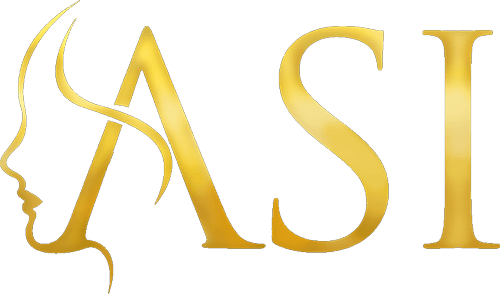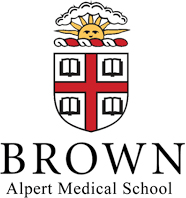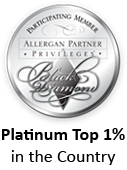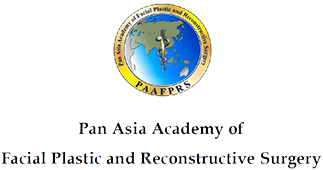Rhinoplasty Houston
What Is a Rhinoplasty?
Rhinoplasty is surgery of the nose, commonly called a nose job. Rhinoplasty can help balance facial features to give your face more symmetry. It can also help fix breathing problems caused by a deviated septum or problems with other structures inside the nose.
Dr. Do is a double board certified cosmetic surgeon and one of the best rhinoplasty surgeons in Houston. He has performed hundreds of nose jobs in Houston and can help you achieve your desired look. If you’re like most patients, you probably already have an idea of what you want. Maybe you’re unhappy about a bump on the bridge of your nose or would like a narrower tip.
- Improve a crooked appearance
- Remove a hump or bump
- Reduce a bulbous tip
- Change the size or shape of the nostrils
- Adjust a tip that hangs down too much
- Increase or decrease the overall size of the nose
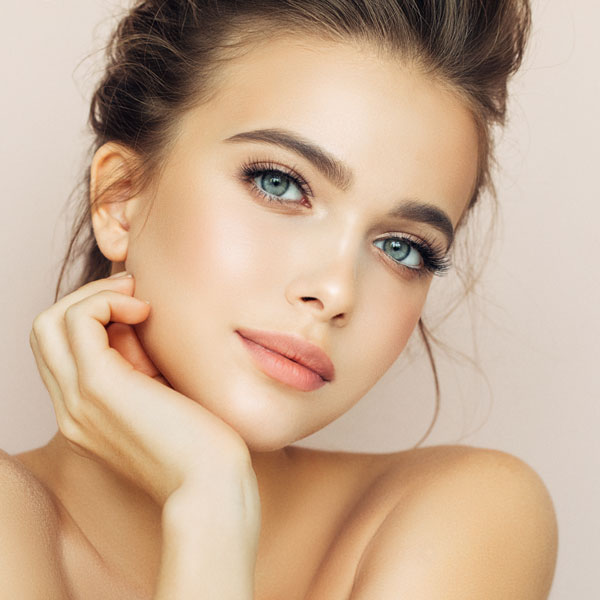
Am I a Good Candidate for Rhinoplasty?
If you are 18 or older, are in good physical and psychological health, would like to improve the appearance of your nose, and have realistic expectations, you are a good candidate for rhinoplasty.
If you are younger than 18 you must have parental consent.
Dr. Do will meet with you for a free consultation to discuss your goals and expectations.
Rhinoplasty Can Help Correct:
Breathing Difficulties–Deviated septum (uneven nostrils) and collapsed nostrils are common anatomical problems that can make it hard to breathe.
Snoring–Snoring is mainly caused by deviated septum (uneven nostrils). It can be congenital, meaning you’re born with it, or caused by trauma, such as an injury to the face.
Nose Shape–Rhinoplasty can help correct a nose bridge or nostrils that are too big or too small, narrow nostrils, and even a short philtrum (the vertical groove between the nose and upper lip).
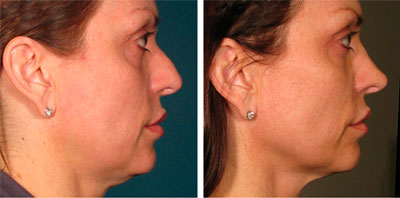
Nose Size–Rhinoplasty can help reduce or enlarge the overall size of the nose, correct a bulbous tip or a tip that hangs down too low, or change the size of the nostrils.
Asymmetry–Symmetry means a person’s facial features are proportional. An overly large or small nose can create asymmetry. Rhinoplasty can help balance your facial features and call attention to your eyes and lips.
Types of Rhinoplasty
Dr. Do Uses Two Primary Surgical Techniques to Perform Nose Job Procedures
Open Rhinoplasty–An open rhinoplasty involves making an incision between the nostrils to expose the tip of the nose. Open rhinoplasty gives the surgeon better access to the cartilage. It is used when the lower third and tip of the nose need to be restructured.
In some cases, Dr. Do may use advanced techniques, including making bone alterations and using the patient’s own blood as an adhesive to seal the incisions.
